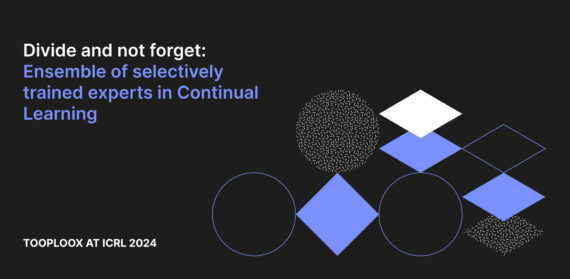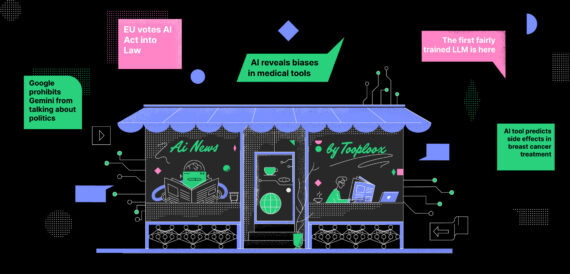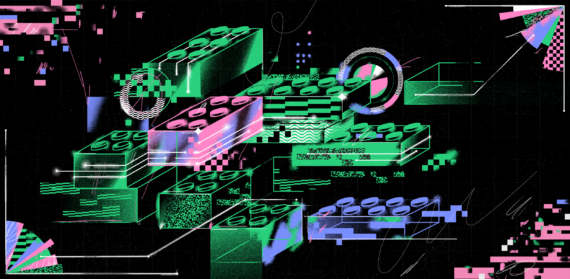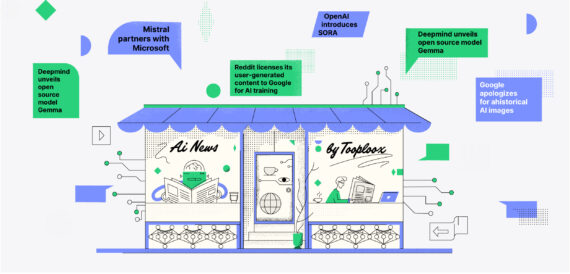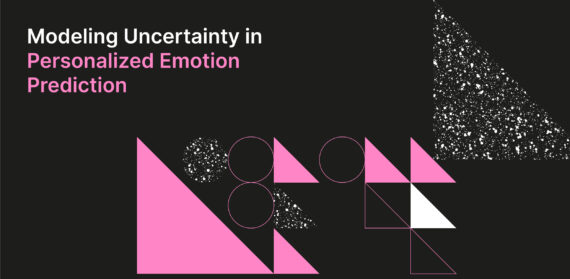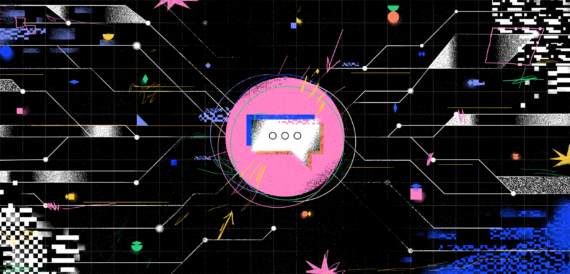Al-powered “stormgazers” and curing cancer with the swarm learning
April has arrived with a few interesting applications for AI-based solutions – from detecting the way waves break, through emotional intelligence, to using swarm learning to share patient data without sharing any data at all.
Yet all these interesting applications are based on feeding algorithms with data. And the thread visible through all the news delivered below is the fact that these are not the data points one would expect at first glance.
AI gazing at stormy seas
A team of researchers from MIT has come up with an AI-powered model that predicts the way that water waves break in a more accurate manner than any models used before. Their work can improve the way offshore constructions are designed and influence open-sea weather predictions.
The wave breaks when reaching a certain height, and predicting the exact way it breaks is a complicated matter, especially considering the many forms an ocean wave may take. The model not only predicts the breaking moment but also the energy and frequency after breaking.
This comes with multiple interesting applications – from designing more efficient and resilient offshore constructions to incorporating the ocean into climate change models. Breaking waves are basically capturing air in the ocean and measuring how much carbon dioxide global waters can consume can heavily impact our calculations of the climate change model.
The wave-breaking model itself has been created using an AI-based solution and simulating ocean waves in a 40-meter long water tank, with the waves themselves being produced with a paddle.
More information about this experiment and the AI-based model can be found on MIT news.
Road to an emotionally intelligent AI
A team from the Japan Advanced Institute of Science and Technology has come up with the idea of combining physiological signals with sentiment analysis models. This opens the way to building a new generation of speech recognition models used in services like Siri or Alexa.
The method aims to enrich the analysis of the voice and speech with information about facial expressions, tone, and posture of the speaker. The results look promising, with researchers claiming that the model’s performance was comparable to human emotion-sensing capabilities.
More about the experiment and research can be found in ScienceDaily.
The swarm battles cancer
Modern AI-based solutions tend to detect cancer with as much accuracy as human physicians when analyzing the same material. Yet the process of using an AI solution to analyze patient data comes with multiple risks – with security being one of the main concerns.
According to a team of researchers from the University of Leeds, a good response to this concern is swarm learning. Swarm learning is about training an algorithm in the hospital environment, using patient data in a secure and enclosed system. The algorithm, trained on patient data – but having no data itself -, is later sent to a central facility where the AI can perform analysis in a similar way as it has been trained to do.
This algorithm, trained on patient data, aims to spot patterns and share information about them with the main neural network, which is focused on detecting cancerous changes.
More about this research can be found in ScienceDaily.

